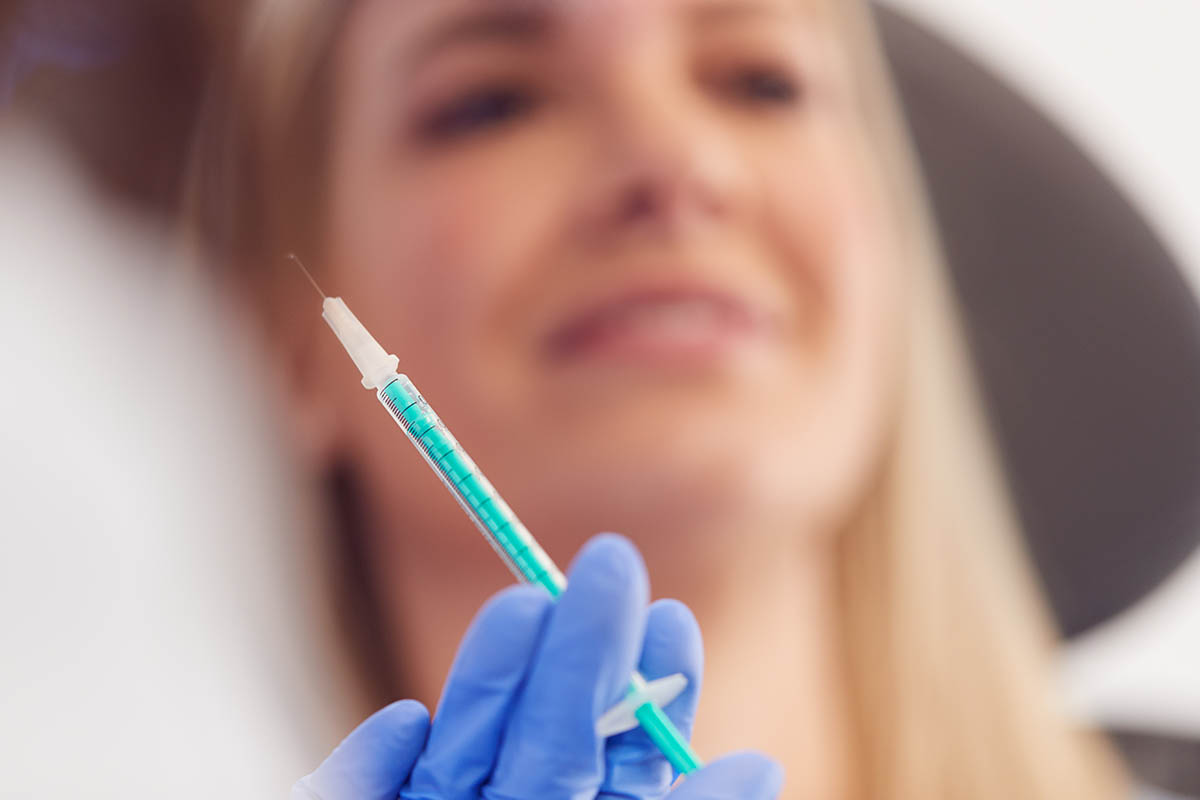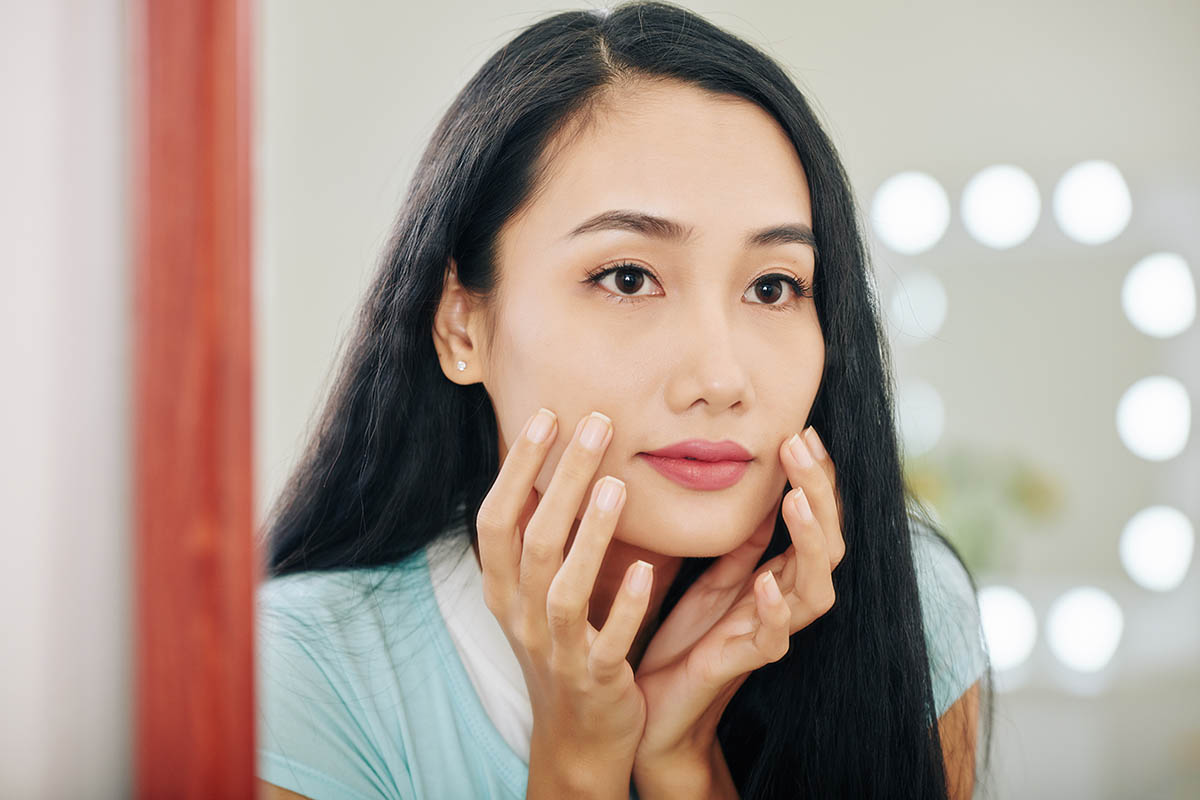Getting a dermal filler in Singapore these days is a no-brainer. You walk into the doctor’s office, get everything ready, and 30 minutes later, you walk out of the building with a big smile on your face. People across the island go for skin boosters to improve both their looks and confidence. Being fast, relatively pain-free, and accessible is what gives the procedure advantage over other minimally-invasive treatments. If you want to know more about fillers, their types and uses, stick around till the end of this post. Below are some of the most important details of the therapy.
Table of Contents
What Does a Filler in Singapore Do?
You can guess by the very name that dermal fillers are used to fill in stuff but what exactly is their role in the cosmetic industry? Well, they serve to add volume where loss of tissue is observed, as well as reverse the clock of ageing. They come in gel-like or liquid substances that have to be administered into the skin using a syringe and small needle. Additional benefits include making the skin plump, correcting shapes, and improving one’s facial profile.
Types of Dermal Fillers in Singapore

They can be made of different liquids – some are synthetic and others are naturally occurring in the body. Sometimes a combination of these two exists. There are various dermal filler brands.
Temporary and semi-permanent fillers:
- Hyaluronic Acid (HA). In the past, collagen fillers were predominant but to date hyaluronic acid fillers are the norm because of their safety and effectiveness. They are FDA-cleared.
- Another substance worth mentioning is calcium hydroxylapatite (it is also found in the body). It makes the product thicker and longer-lasting than HA.
- And then there is poly-L-lactic acid (PLA). Semi-permanent and absorbable, this agent serves to correct facial tissue loss. Other than the face, it is implanted in the neck, thighs, and hands.
These fillers get absorbed by the body over time. They are 100% safe and they are handled well by the system. No side effects typically occur.
Permanent fillers
- Polymethylmethacrylate (PMMA). This one is found in contact lenses, dental prostheses, and glasses. Fillers with this synthetic substance also come with collagen to increase the benefits and effects of the product. They can remain below the skin indefinitely.
- Polyalkylimide and polyacrylamide. These two are chemically stable synthetic agents that are also non-toxic. They can be removed. However, it is worth mentioning that this product is rarely used these days as there are other, much safer, alternatives.
- Although inexpensive and effective, silicone fillers are no longer injected in many countries across the globe due to their ability to migrate. However, scientists have found that if a special micro-droplet technique is employed, there is no risk of the substance moving around to adjacent regions.
Used for volume replacement and correction of deep depressions, these dermal fillers are biocompatible. Meaning, they are okay to insert in the body but they cannot be resorbed. Hence, there is a tiny risk of the body reacting to the substance.
Fat injections
Although technically a filler by definition, this one is a little different from all of the above in that it’s done through surgery. It’s not the 15-minute lunch procedure you are looking for. Facial fat grafting consists of injecting a person’s own fat into the desired areas. It’s called autologous fat injections. This can serve as an under eye filler.
Where do you get the fat, though? There is a ‘donor’ site to serve the purpose, which can be anything from the buttocks to the abdomen – generally an area with excess fat. The doctor is the one to figure out which part of the body will match the criteria.
Then, there is also liposuction. The tissue in the donor area is not going to extract by itself and settle straight into the face. It has to be suctioned with a special device and then purified so it doesn’t spur infection. Liposuction is the way to do that. It is carried out in a surgical room using sedation. Special techniques and training are required for this type of intervention.
Where Can I Have Dermal Fillers on the Body?
They are inserted everywhere on the face and for different reasons. Of course, the main purpose is always to make the area more youthful-looking or to highlight a certain region.
Here are the most popular face fillers Singapore has known:
- Filler in the chin area. Before having a surgical procedure to get a prolonged jaw or reduce the weakness of the chin, most people resort to fillers since they are less invasive. The results showcase a more balanced profile and a better-shaped chin.
- Forehead filler Singapore. Fillers are one of two successful treatments for horizontal wrinkles on the forehead.
- Cheek fillers Singapore. When it comes to this facial region, the application of hyaluronic acid filler has a few purposes. One is to get higher, more defined cheekbones. It entails adding volume to the targeted area and thus creating the illusion that it is naturally positioned higher. Another usage of liquid injectables in the cheek area is for eye bags elimination. Sometimes their existence is the cause of sunken cheeks rather than lack of sleep or poor eating habits. In that case, inserting a substance under the eye-bag area can fill the empty spaces and give the impression that the bulkiness under the peepers is gone. Something like an eye trough filler. The third, more obvious, the purpose is making wrinkles disappear.
- Cheek filler for jowls. It basically helps to fill hollows in the mid-facial areas. At times the product should be inserted directly into the jaw.
- Nose filler in Singapore. One of the most common objectives of dermal fillers is to straighten noses and give them better-defined profiles. It is called nose augmentation with fillers and it’s quite popular in Singapore and all around the world. You need to meet certain criteria to become eligible. Too bulky noses do not qualify. In most cases, it works for bumps.
- Lip fillers Singapore. These were one of the first fillers to gain popularity. Women all over the world use them to get plumper, thicker lips. In older people, fillers could diminish vertical lines in the region. The doctor will mark different lip filler injection points to guarantee you a balanced look.
It is evident that fillers in the face have multiple benefits other than smoothening of fine lines.
Benefits of Natural Face Filler Injections
- No downtime
- Immediate results: although the effects become more evident over time, you can see the difference right after you find your way out of the aesthetic clinic
- Boost in confidence: let’s be honest, you wouldn’t be thinking about dermal fillers if you weren’t self-conscious about your appearance; the treatment might help you raise your self-esteem
- Minimal risk: with modern technology and a skilful doctor, you don’t have to worry about anything
- Less bruising: temporary fillers are not so likely to induce bruising at the filler injection site
- Gradual delivery of treatments: the product can be inserted in several rounds to bring about the desired results step by step instead of all at once; this also keeps possible risks to a minimum
- More control over the shape and volume: hyaluronic acid is easy to operate
Fillers and Botox
Since they are both injectables, people assume Botox and dermal fillers are similar. But the truth of the matter is, the route of administration is the only thing they have in common. The two treatments are quite different and the line between them is oftentimes obscure.
Remember when we said earlier that fillers are one of two ways to soften wrinkles on the forehead? Well, Botox is the other technique that has proven effective in the battle of fine lines and creases but it works in quite the opposite way.
It is an injectable too but instead of adding volume to the skin, it weakens the muscles underneath, causing them to stop contracting. It is precisely their constant action that pulls the skin up and down and leads into creases.
Botulinum toxin is in plain terms a poisonous substance produced by a bacterium. It is found naturally in soil, animals, water, and on plants.
Then how come it is used in aesthetic treatments? As you know, the dose makes the poison. Small doses are okay to apply. That’s why you should be in no doubt when heading for your in-office Botox procedure. The cosmetic injectable is made of a certain form of botulinum toxin known as type A and it has some additional ingredients in it. This makes it safe to utilise; that is, when delivered by an experienced doctor.
Plus, patients usually receive smaller treatments in the face and other areas that are unable to cause damage. Depending on the case, each syringe is loaded with 50 to 200 units of the substance. Some practitioners like to go lower than to insert too much Botox and ruin the results. On the forehead, they go for between 8 and 20 units in total and distribute it to different sections.
Filler Recovery Time
One of the beauties of dermal filler injections is that they don’t keep you ‘sidelined’ at all. The intervention is so sparing that you can resume activities the moment you wish your doctor a good day. However, try to stay away from intense activities 72 hours following the treatment when the body will be busy getting used to the substance.
You are allowed to go to work if you feel like it. There is no need to take some time away from it as long as it doesn’t involve lots of physical action. Once the swelling is over, you will feel like your normal self. For the most part, you will be all right two days after the procedure.
Side Effects and After-Filler Care

There are several steps to make sure your post-therapy period goes smoothly. If you notice bumps or lumps in the treatment area, simply give it a gentle massage for two minutes straight. Repeat a couple of times every day. If there is itching or redness, ask your doctor to prescribe you an ointment. There are different OTC products that will work.
Now, if you experience swelling and bruising, keeping an iced package over the affected area for a few minutes will help with the issue. Repeat 4-5 times throughout the day. And lastly, if you have a headache, any generic painkiller will make do.
Given that the side effects are minimal, you don’t have to do anything special after your filler treatment. Of course, don’t forget to follow your doctor’s advice religiously as this is the fastest way to a pain-free recovery.
Do I Need Follow-Up Sessions?
The most important thing to remember about natural dermal fillers is that you need touch-ups every six to twelve months after the initial treatments. Because the product is made of a natural substance, it gets metabolised by the body and is eventually kicked out of the system. This happens gradually over the course of many weeks, which means you will lose the effects of the procedure little by little.
Maintenance sessions are a sure-fire way to keep the results fresh, regardless of where in the face you’ve gotten a filler.
That said, how long you will enjoy looking your best will depend on the type of filler used, the area where it was administered, and other factors. Semi-permanent fillers could last two years. As for permanent products, they may hold up for a decade.
Filler Cost in Singapore
The price is very different per treatment site and type of filler. It depends on your individual facial features, the number of injections required, and the additional fees your aesthetic clinic of choice might impose.
Here is a ballpark figure to go by:
Nose fillers Singapore price: anywhere between $700 and $1,200 per syringe
Fillers chin price: $600 per syringe onwards
Lip fillers: $600-$1,000 per treatment
Cheek/tear trough filler/under eye filler price: from $800 per syringe
Dermal fillers jawline/chin fillers: $750+ per syringe
Botox Singapore price: $200-$700 for forehead; between $100 and $600 for other areas

